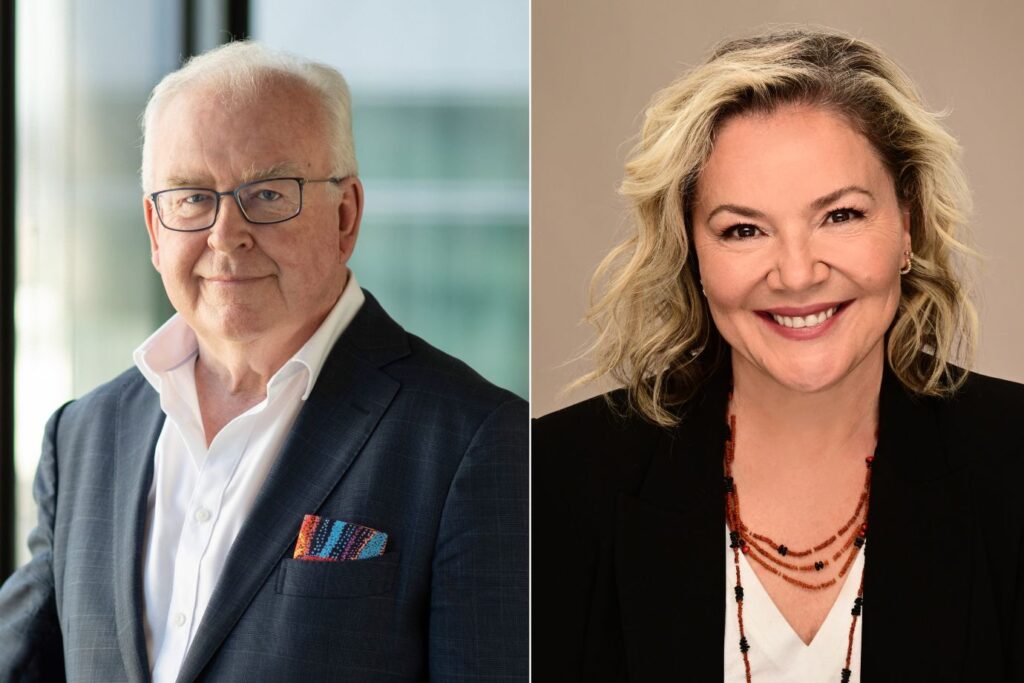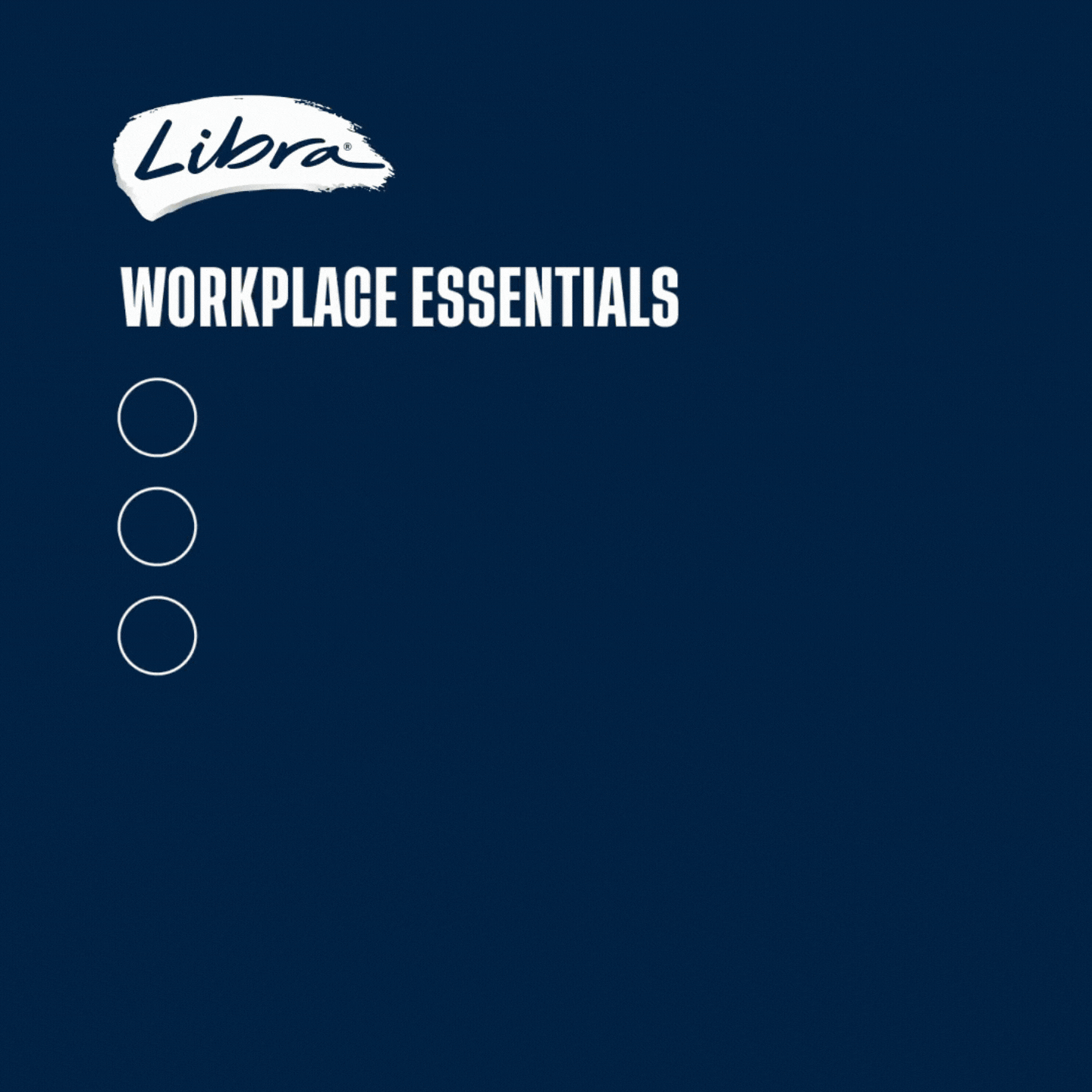We all aspire to live long, healthy lives. Yet too often, age and the experience that comes with it becomes a barrier to employment when it should be seen as an asset.
At every stage of life, whether starting out, mid-career, or later years, people face assumptions and bias based on their age. Too many workers in Australia are being penalised for doing what we all hope for: growing older and continuing to thrive in all aspects of life — including at work.
October 1 marked the International Day of Older Persons. This year’s theme, Advocating for Healthy and Inclusive Ageing, recognises the contributions older people make to society and highlights the importance of creating a world where they can live with dignity, independence, and inclusion.
As Australia’s population ages and our working lives extend, ageing with dignity is now a workplace issue. Workforce participation among people aged 65 and over has more than doubled in the past 30 years and is projected to keep rising. Yet workplace practices and assumptions about age have not kept pace. The result is a growing disconnect: a large and experienced segment of the labour force is ready and willing to contribute, but too often excluded.
At a time of record low productivity, critical skills shortages, and global economic uncertainty, this is a resource Australia can’t afford to waste.
Exclusion comes at a steep cost. When older workers are shut out of opportunities, the consequences are early workforce exits and the loss of decades of knowledge and experience. The Australian Human Rights Commission (AHRC) and Australian HR Institute’s latest joint research into age inclusion, the Older and Younger Workers Report recently revealed that nearly 60 per cent of organisations report that the departure of older workers has led to a loss of key skills, and despite a tight labour market, 18 per cent of HR professionals say they’re not open to hiring people aged over 65 “at all”.
Early release data from Diversity Council Australia’s 2025-2026 Inclusion@Work Index shows a similar pattern of exclusion: only 50 per cent of workers aged 55 and over reported access to career development in the past year, compared with 75 per cent of younger workers. They are also far less likely to be included in team collaboration or receive helpful feedback.
When we break this down further by gender, the picture becomes even more concerning. Older women reported the lowest access to career development of any group — just 41 per cent were given the opportunity to participate in career development. They were also significantly less likely to be recognised for their contributions, with just 69 per cent saying they received credit at work, compared with 81 per cent of older men.
We know from countless studies that inclusive workplaces don’t just benefit workers, they strengthen organisations. Age-diverse teams bring together different life experiences and perspectives, which significantly improves problem-solving, innovation, decision-making and, ultimately, productivity.
OECD multi-country data analysis shows that firms with a mix of younger and older workers are more productive, and even a 10% rise in older workers would provide a measurable boost to firm productivity.
DCA’s data also found that older workers in inclusive workplaces are six times more likely to be innovative, three times more likely to provide excellent customer service and more than twice as likely to work extra hard. Importantly, they were also 14 times more likely to say work positively impacted their mental health and nearly four times less likely to quit their job.
Employers who support people of all ages to remain engaged can close critical skills gaps, boost collaboration, and build resilience in the face of disruption. In a labour market where shortages are already biting, the ability to draw on the full breadth of available talent is a decisive advantage.
Some businesses are starting to act. AHRC and Australian HR Institute’s research found that flexible work arrangements has surged as a recruitment strategy, with 72 per cent of employers now offering it compared to just 49 per cent in 2021. More inclusive retention practices are also on the rise. But barriers remain: just 18 per cent of organisations are proactively recruiting older workers and relatively few are offering phased retirement or job-sharing options.
If we’re serious about lifting productivity, we must broaden the conversation. Beyond policy settings and capital investment, we need to look at how workplaces value and harness the strengths of their people. Actively including older workers, retaining talent through flexibility, and building leadership pipelines that reflect the full breadth of Australia’s talent pool all deliver measurable economic returns.
It’s time to let go of outdated assumptions about the ‘ideal worker’. Who gets to thrive at work should never be determined by age – or gender, race, disability status, sexuality or social class, for that matter. Yet our research shows that all these aspects of a person’s identity have an impact on how they are treated and what opportunities are available to them at work.
If we continue to sideline workers because of their age, whether older or younger, we risk leaving skills untapped, innovation stalled, and growth constrained. If we get it right, the dividends will be measured not just in fairness, but in stronger businesses and a stronger economy.
Feature image: Robert Fitzgerald AM is the Age Discrimination Commissioner at the Australian Human Rights Commission and Catherine Hunter is CEO of the Diversity Council Australia.


